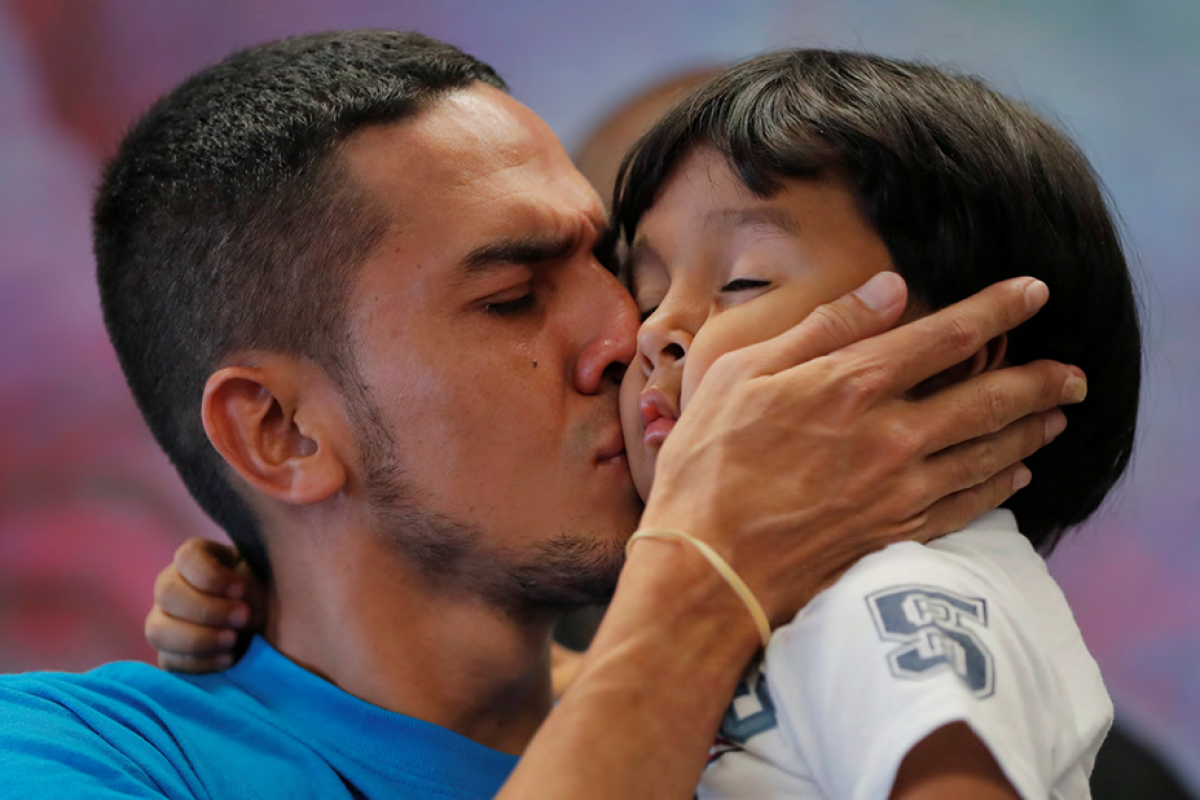Reuniting Migrant Families After Separation at the U.S. Border

In the first half of 2018, the U.S. government separated more than 2,000 families attempting to enter the country through its Southern border. To reconcile this action, separated families are now being reunited. Faith-based organizations who are assisting the government in the reunification process have released a report assessing the work that has been done and providing recommendations for the future.
This July, the U.S. Conference of Catholic Bishops’ Migration and Refugee Services and the Lutheran Immigration and Refugee Services worked with the Departments of Homeland Security and of Health and Human Services to reunite the families affected by the policy of family separation. In a joint report, the organizations explain the reunification process and put forth a set of recommendations for going forward.
There have always been migrants seeking to enter the U.S. through its Southern border. Formerly, they were predominantly Mexican men looking for seasonal work to provide for their families back home. Over time, as violence in Central America became more widespread, families from that region began to flee in large numbers, seeking a safe and better life in the U.S.
One such case is that of Jose* and his young son. Jose told an aid worker that the day his crying son was taken away from him by the Immigration and Customs Enforcement Agency was both “heartbreaking and terrifying.” This scene was not unique; thousands of parents had to watch as their children were taken away from them.
When the separation policy came to an end, Homeland Security took the lead and arranged 15 reunification sites for families, primarily along the U.S. Southern border. Both the Catholic and Lutheran agencies provided immediate and practical care for the families who, though reunited, were still in a foreign country without connections. In the following weeks, more than 1,100 families would receive valuable aid.
In their report, the faith-based agencies made an extensive set of recommendations for the coming years regarding the actual system of reunification. Among them, the need to create a standing interagency task force to lead aid workers as they continue to reunite families was foremost.
A task force armed with helpful information regarding available services and the answers to migrants’ questions, as recommended by the agencies’ report, could serve as a resource during this reunification process. By processing and accommodating the needs of migrant families, especially those with small children, the task force would mitigate unnecessary stress on reunited families.
Another of the report’s recommendations was to provide documents justifying all separations. The agencies explain the importance from an administrative perspective of proper documentation and its role in helping cut down the number of families separated. Such a policy will help clarify the reasoning behind family separation and ensure that no unwarranted separations take place in future.
*Name has been changed to protect anonymity.
- Read the report by the USCCB’s Migration and Refugee Services and the Lutheran Immigration and Refugee Services